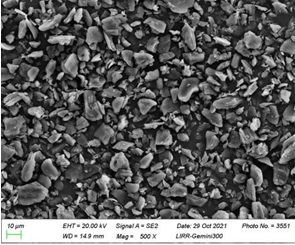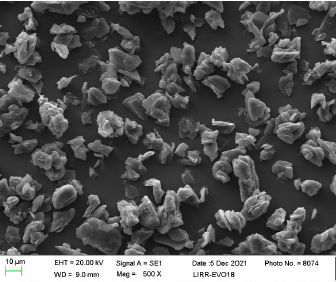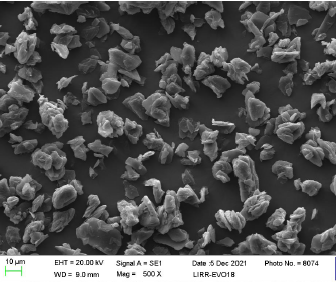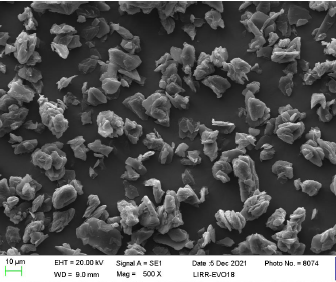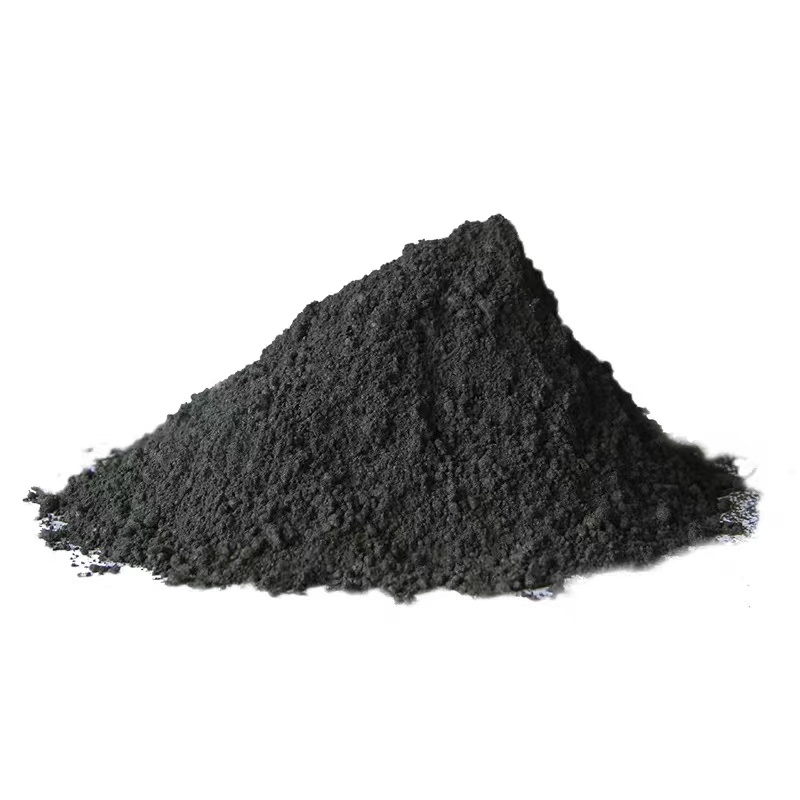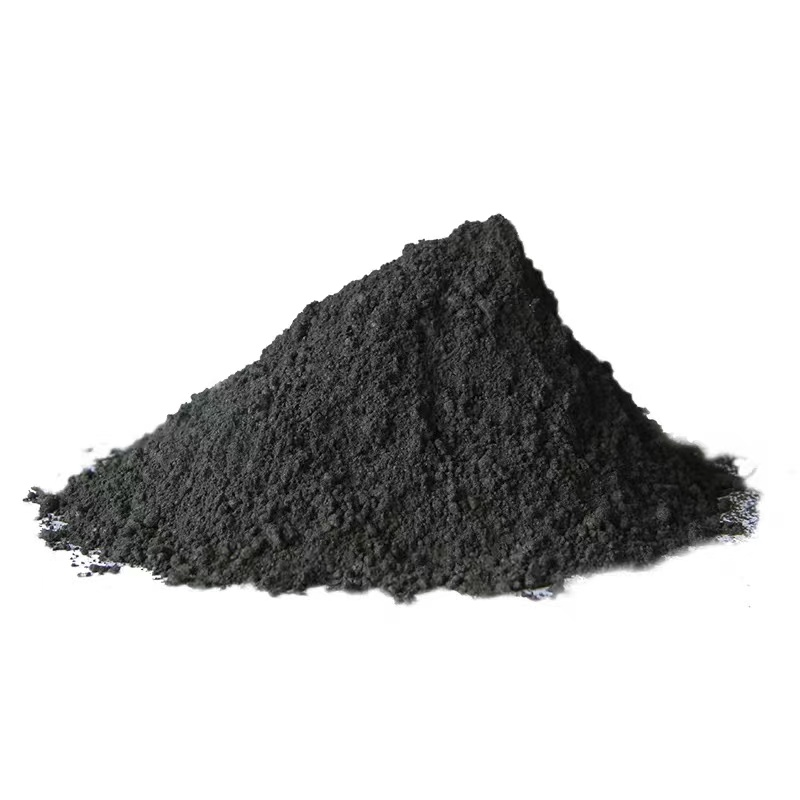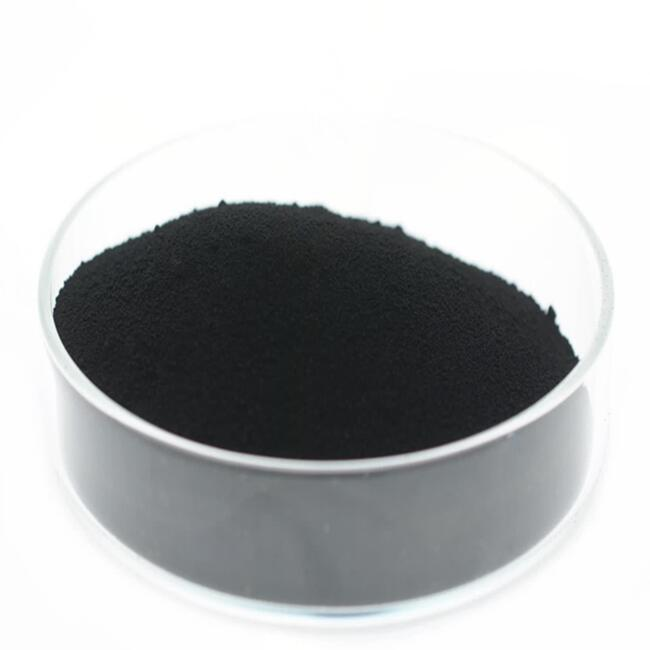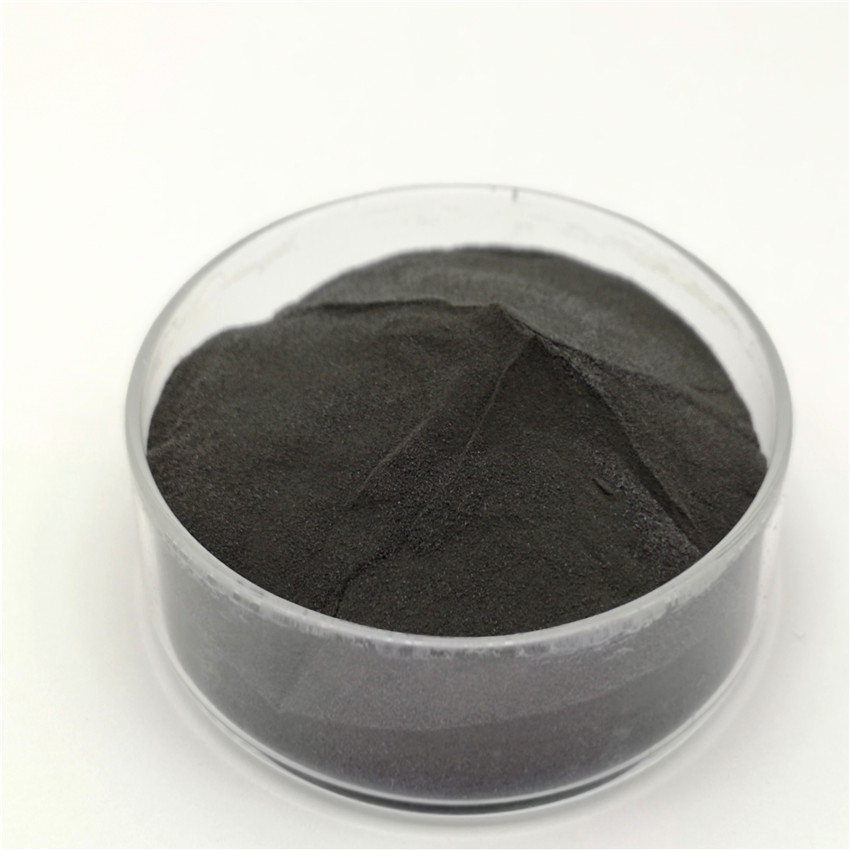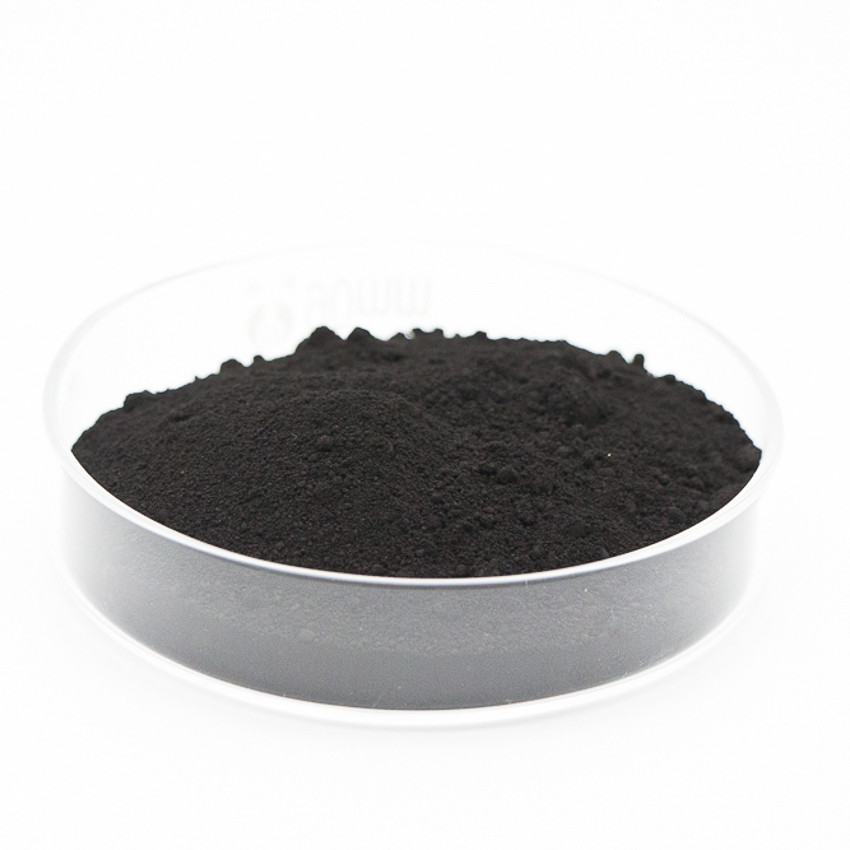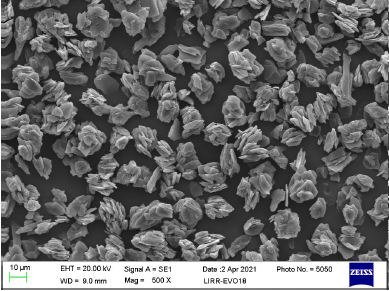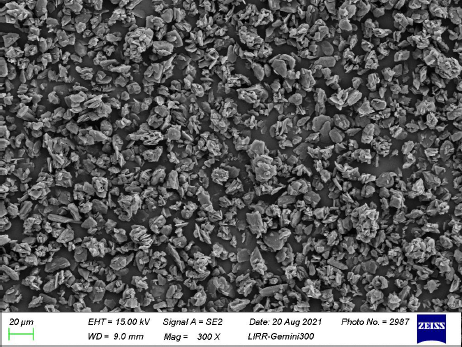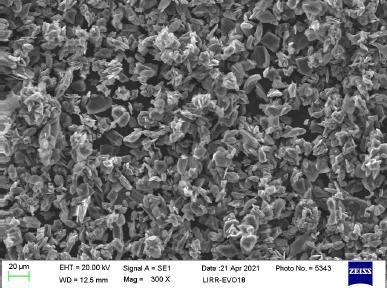- Product Details
- Additional Information Inquiry
Product Description
Artificial Graphite H5 for Power Tool Lithium Battery
Category:
Artificial graphite
Advantages:
High energy density
Low expansion
Long cycle
2.5C-3.0C fast charging
Application:
The application of Artificial Graphite H5 in electric vehicle batteries is increasingly important. Graphite is an irreplaceable negative material in the battery. In addition, H5 artificial graphite is also widely used as a lithium ion battery negative material for electric tools.
Tips:
The material design first discharge capacity is recommended to be 350-353mAh/g, and the tap density is recommended to be controlled in 1.60-1.65 g/cc and below. This product is suitable for aqueous solution lithium battery system.
Packaging requirements:
H5 artificial graphite shall be packed into a plastic bag with a specification of 650mm×950mm, sealed and then placed into a carton with a weight of 25+0.02kg/ box, or according to customer requirements packaging.
Transportation and storage:
a. The product should be stored in a place where dry, ventilated and no other pollution sources (recommended: temperature ≤ 45 ° C, humidity ≤85%);
b. Product stacking should be neat, clean, production lot number, production date, etc. should be clearly identified;
c. During the transportation process, it should be gently put, so as not to damage the packaging; Any products leaking out of the bag shall not be returned to the box.
d. The shelf life is 2 years in a normal temperature state.
Packaging and product identification:
H5 product packaging must be marked with the following information:
A) Product Name
B) Batch Number of product
C) Product weight
D) Date
E) Company Name
Matters needing attention:
A) Ensure that the capacity of the negative electrode per unit area is greater than or equal to that of the positive electrode per unit area to avoid lithium evolution during charging.
B) Ensure that there is a good interface between the isolation film and the electrode.
C) The surface density and compaction density of the electrode will affect the performance of the rate capacity and performance.
D) The product is secondary particle carbonization products, and it is recommended that the design pressure below 1.60g/cc is the best.
Technical indicators:
Number | Name | Unit | Standard | Typical values | |
1 |
Particle size | Dmin | um | ≥1.0 | 2.11 |
D10 | um | 6.0±2.0 | 7.02 | ||
D50 | um | 14.0±2.0 | 14.40 | ||
D90 | um | 26.0±3.0 | 23.48 | ||
Dmax | um | ≤50 | 40.21 | ||
2 | TAP | g/cc | 1.0±0.1 | 0.99 | |
3 | SSA | m2/g | 1.3±0.5 | 1.45 | |
4 | C | % | ≥99.95 | 99.975 | |
5 | Tap Density | g/cc | 1.60-1.65 | 1.63 | |
First discharge capacity | mAh/g | 350-360 | 354.4 | ||
6 | True Density | g/cc | ≥2.22 | 2.25 | |
7 | First discharge capacity | % | ≥93% | 95.4 | |
8 |
Trace elements
| Fe | ppm | ≤15 | 5.87 |
Co | ppm | ≤5 | 0.57 | ||
Cu | ppm | ≤5 | -- | ||
Ni | ppm | ≤5 | 0.99 | ||
Al | ppm | ≤5 | -- | ||
Particle Size Distribution:

Discharge Capacity:
 XRD:
XRD:



